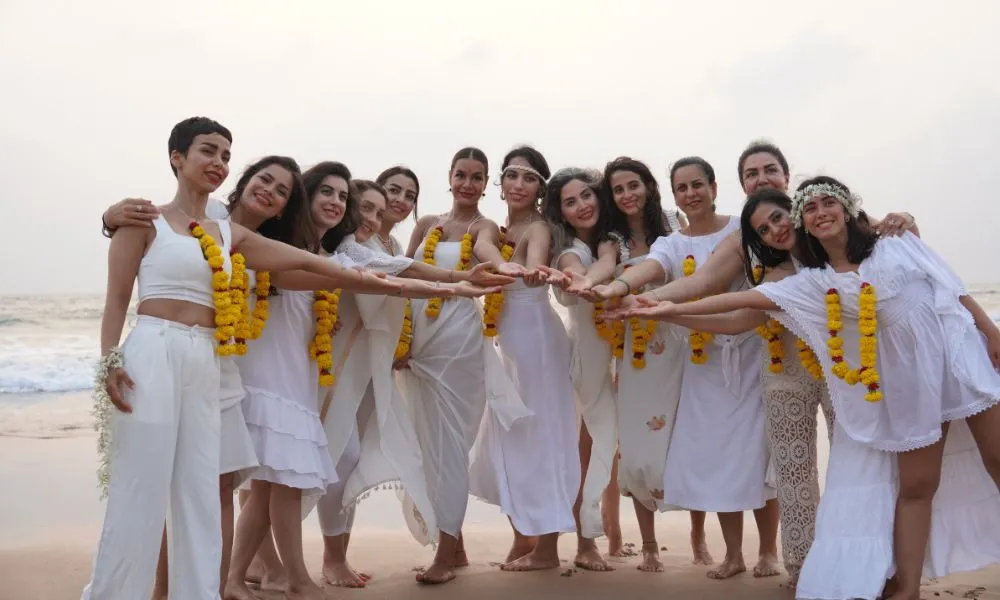
What do you learn in 200-hour yoga teacher training
In the earlier days most yoga was passed from the teacher to the student in a more traditional and personal setting called the “gurukul” teaching. The word “gurukul” means “home of the guru”. The student lived with the the “guru” or the teacher for the entire period of learning. This system encouraged lineage system of teaching where the yoga practice was passed down to students by a generation of teachers. The student would be required to prove his worthiness for being accepted by the “guru” most often through a test.
So back then there was no program or course which was defined as 100 hour or 200 hour yoga teacher training. In more recent times which is about 1997 Yoga Alliance, USA came into existence and started with a purpose to standardise yoga teacher trainings. There are about 7374 yoga schools registered with Yoga Alliance, USA today.
Table of Contents
Toggle200-hour yoga teacher training
The 200 hour yoga teacher training is the most basic program that a students starts with while training to be a yoga teacher registered with Yoga Alliance, USA. The first step of being with Yoga Alliance, is the RYT 200 (Registered Yoga Teacher 200 hour) designation, all students who complete the training are eligible to register for this position with this body.
To learn more about the different levels of yoga teacher read about it on our other blog article.
Different kinds of 200 hour yoga teacher training
Different schools have made different courses in 200 hour yoga teacher training depending upon which style of yoga they wish to emphasise on. Just to give you an example here are some 200 hour yoga teacher training available in the market today:
- 200 hour yoga teacher training (multi style).
- 200 hour ashtanga vinyasa yoga teacher training.
- 200 hour vinyasa yoga teacher training.
- 200 hour hatha yoga teacher training.
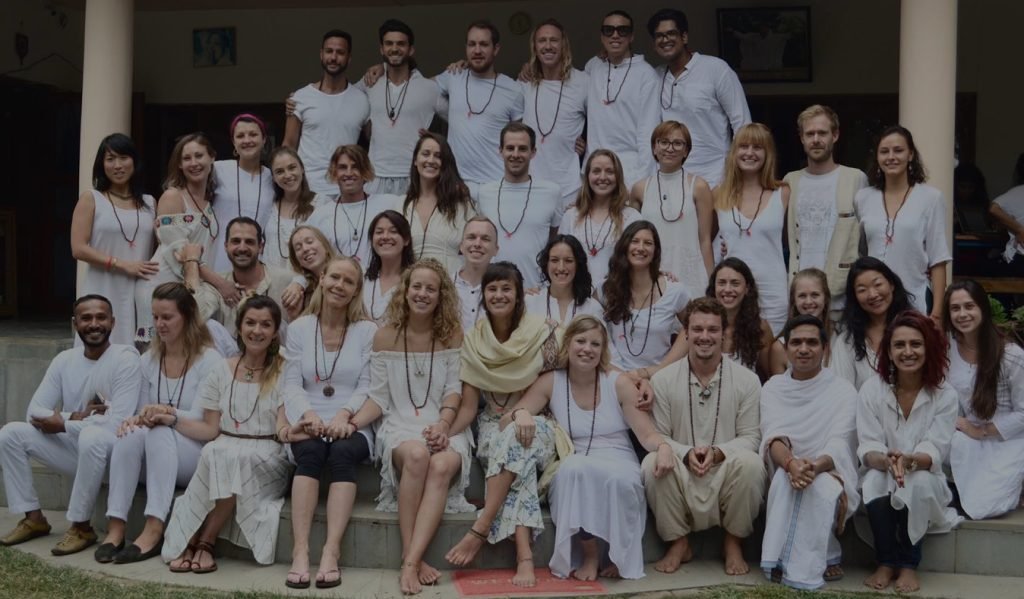
What do you learn in 200 hour yoga teacher training
Most yoga teacher trainings which are part of the yoga alliance, USA certification are structured similarly. Almost all yoga training programs registered with Yoga Alliance are much structured having similar content in terms of subjects covered. The course content can be categorised into the below in the yoga teacher training:
1. Asana practice – two to three practice classes daily.
2. Theory – two to three classes daily. This will cover range of subjects including:
- Anatomy (understanding the basic human body and its function).
- Yoga philosophy (understanding select Patanjali yoga sutras and the eight limbs of ashtanga yoga).
- Adjustment and alignment (learning how to adjust and align basic asana postures with the help of props and correcting the postures).
- Various other subjects like – understanding how to sequence and cue yoga classes, communicate with your students etc.
So all yoga teacher trainings will essentially take you on a journey of learning which will include below dimensions:
- Getting better at your asana practice.
- Deep dive into understanding of the basic principles of yoga of how it works.
How can each 200 hour yoga teacher training be different
There are so many yoga schools and yoga teacher trainings today to choose from that its kind of very difficult and confusing choice. To help navigate this space and zero down on where you go for your yoga teacher training is to ask the below questions to one self and to the yoga school you intend to join:
- Which style of yoga you wish to learn and deep dive into?
- More importantly ask the yoga school – What is the strength area or focus area of the course which they deliver in the yoga teacher training?
The best place to start any training is to learn a range of asana practice as a beginner and not any one specific style of yoga. So a multi style yoga teacher training is the most preferred for this as this will help you learn different styles of yoga at the beginning of your journey of wanting to be a teacher. This kind of program will help you in the below ways
- Understand what is the difference between each style of yoga. What are the key elements which are different in each style of yoga.
- Inspire you to have a range of practice rather than limiting you to any one style of practice. As our body needs different things at different times.
Different schools have different approaches on how they teach yoga and what is their respective strength area which they deliver in their respective yoga teacher training. For example we at Trimurti Yoga are very clearly focused on the below:
- We make teachers – the yoga teacher training is carefully designed to give you all the tools you need to become a teacher. The course intends to give students enough confidence to lead a full asana class by the end of the course. The program is designed to increasingly focus on teaching practicums where students teach each other under the guidance of teachers as soon as the third day of the course. In the first week students teach small groups only for a few minutes and by the end of the course students are ready to lead a full one hour class for all the fellow students.
- Range of teachers – our course is run by a team of three to four experienced teachers so that students get a wider teaching perspective of how each teacher is so unique in their approach to yoga and teaching.
- Community – we are family run yoga school offering students a warm feeling of being in home away from home. We strive to make a yoga community which is cherished for life much after the course too.
- Safe space full of trust – we created a safe and trusted space where students can be vulnerable yet feel very safe trusting the teachers and fellow students to deep dive into a personal journey of learning about themselves using yoga.
- No comparison and judgement – we strongly believe that each student is on a unique personal path of self learning and discovery. We respect this deeply and ask this of our students too, to hold a space of practice with no comparison and judgment of the self and others.
Please feel free to write to us for any questions that you my have at uttam@trimurtiyoga.com. The author of this document is co founder of the yoga school Trimurti Yoga.
Connect with us
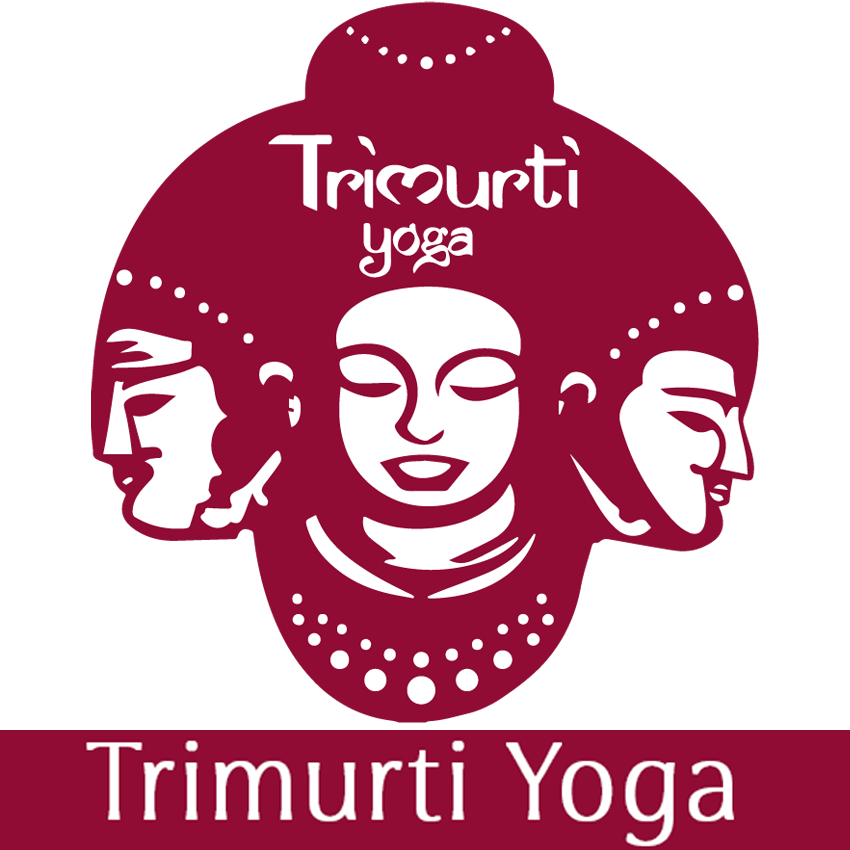
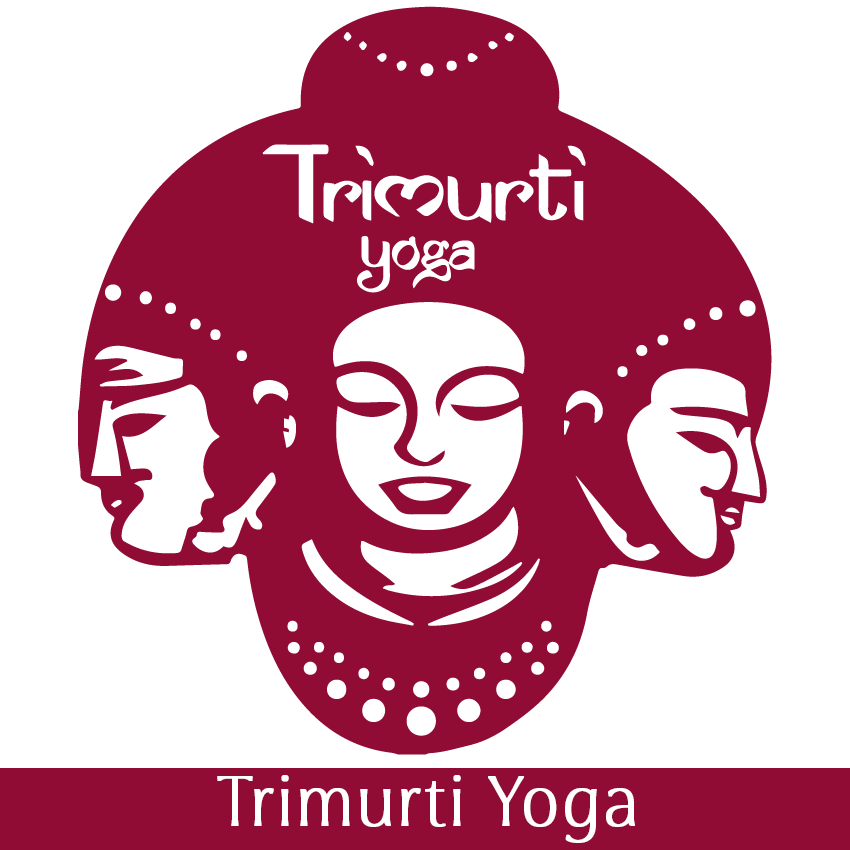
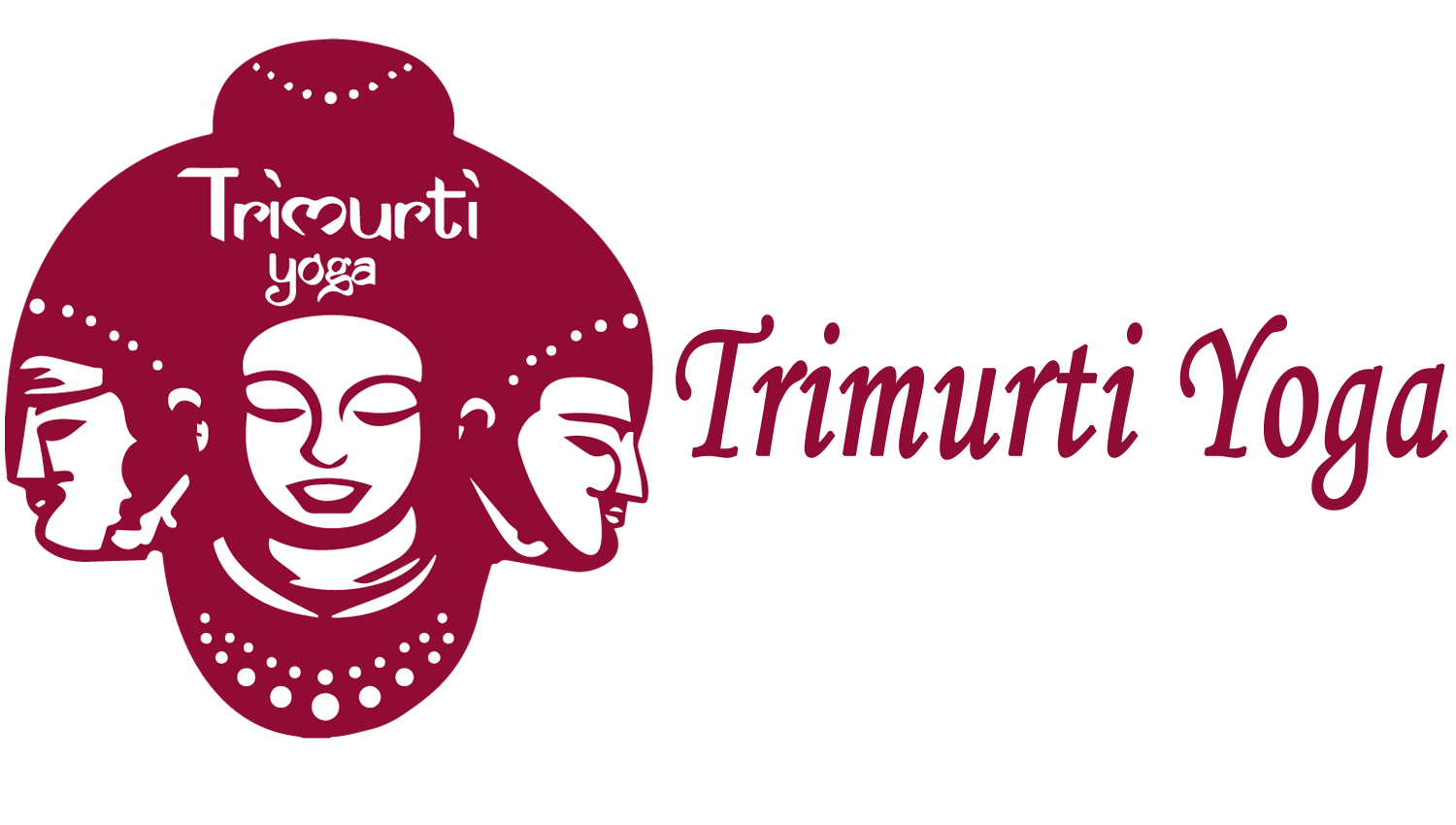
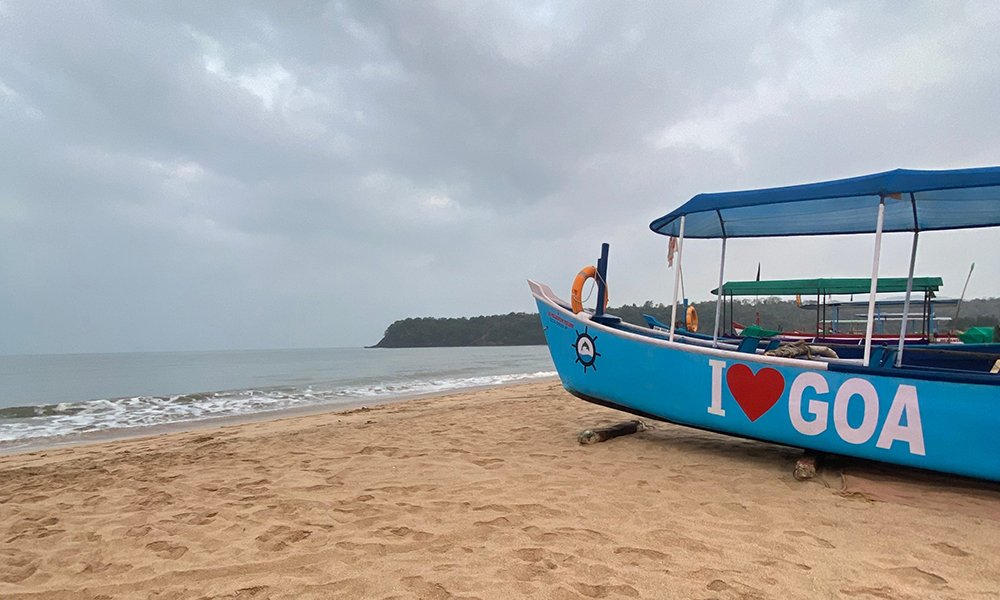

Leave a Reply